Money Plant – Pothos
The Money Plant, scientifically known as Pothos or Epipremnum aureum, is a popular and versatile houseplant renowned for its attractive foliage and easy maintenance.
Origins and Varieties:
Money Plants are native to Southeast Asia, including countries like China, Japan, and Indonesia. They belong to the Araceae family and have several popular varieties, including the Golden Pothos, Marble Queen Pothos, and Neon Pothos.
Appearance:
Money Plants feature heart-shaped leaves that can vary in colour, including shades of green, yellow, and white. The leaves are typically glossy and have a waxy texture. As the plant matures, it develops long trailing vines, making it an excellent choice for hanging baskets or cascading from shelves.
Light Requirements:
Money Plants thrive in bright, indirect light conditions. They can tolerate lower light levels but may exhibit slower growth and reduced variegation. Avoid placing them in direct sunlight, as it can scorch their leaves.
Watering Needs:
Water your Money Plant thoroughly when the top inch of the soil feels dry to the touch. Ensure proper drainage to prevent waterlogging, as excessive moisture can lead to root rot. Avoid overwatering or allowing the plant to sit in water for extended periods.
Soil Requirements:
Money Plants prefer well-draining soil that retains some moisture. A mix of regular potting soil with perlite or peat moss works well. Choosing a container with drainage holes is essential to prevent water accumulation.
Temperature and Humidity:
Money Plants thrive in average room temperatures between 65-85°F (18-29°C). They can tolerate lower temperatures but may suffer damage below 50°F (10°C). They adapt well to typical indoor humidity levels, but higher humidity can promote better growth and foliage health.
Fertilization:
Feed your Money Plant with a balanced liquid fertilizer once a month during the growing season (spring and summer). Follow the instructions on the fertilizer package for the correct dosage. Avoid over-fertilizing, as it can cause fertilizer burn and damage the plant.
Pruning and Maintenance:
Regular pruning helps maintain the desired shape and prevent leggy growth. Trim back overgrown vines to encourage bushier growth and remove yellow or damaged leaves. Pinch off new growth tips to promote a fuller appearance.
Propagation:
Money Plants are easily propagated through stem cuttings. Select a healthy vine with at least two leaves and cut it just below a node. Place the cutting in water or moist soil; roots will develop in a few weeks. You can also propagate Money Plants using aerial roots or by dividing mature plants.
Air Purifying Qualities:
It is an Air Purifier plant as it efficiently removes indoor pollutants. According to a NASA study, places this plant among the top 3 houseplants, which is great for removing formaldehyde and carbon monoxide and increasing general indoor air quality.
Common Issues:
Money Plants are generally resilient but can face issues like overwatering, underwatering, and pests like spider mites and mealybugs. Monitor your plant regularly and take appropriate action if you notice any problems. Proper watering, airflow, and occasional pest inspections can help prevent and resolve issues.
With their beautiful foliage and easy-care nature, Money Plants are excellent choices for indoor greenery. Following the comprehensive guide above, you are now equipped with the knowledge and techniques to grow and maintain thriving Money Plants in your living space. Enjoy their lush foliage and the positive energy they bring into your home.
Things to know about Money Plant
Common (vernacular) Name
मनी प्लांट (Hindi), Money Plant, Pothos, Golden Pothos, Ceylon Creeper, Devil's ivy, Ivy Arum, Silver Vine, Marble Queen, Solomon Islands ivy, Taro vine and many more.
Botanical Name
Epipremnum aureum
Origin
Southeastern Asia.
Family
Araceae
Plant Type
Tropical and Sub-Tropical plant
Plant Features
Ornamental Foliage/ Evergreen / Exotic
Life Cycle
Perennial
Landscape Uses
Container Planting, Hanging Basket, Groundcover and Interiorscape.
Species
Golden Pothos, Marble Queen Pothos, Neon Pothos, Jessenia Pothos, Manjula Pothos, Pearls and Jade Pothos, Baltic Blue Pothos, Cebu Blue Pothos, N-Joy Pothos, Satin/Silver Pothos and Global Green Pothos.
Varieties
It comes with thousand of different varieties in a diversity of leaf and flower colorations. Some Common varieties are Golden Money Plant, Split Leaf Money Plant, Marble Queen Money Plant, Marble Prince Money Plant, Silver Money Plant, Swiss Cheese Money Plant, Big Leaf Money Plant, Jade Plant and Neon Money Plant
Size
Height : 1 to 3 feet, 3 to 6 feet, 6 to 12 feet, 12 to 40 feet tall depends on verities and Width : 3 to 6 feet wide when mature.
Indoors or Outdoors
Outdoors : Pothos can be used outdoors in shady plantings, avoid direct sun light.
Indoors : Excellent plant grow in bright light or indirect light. One of the easiest indoor plants for beginners.
Blooming / Flowering
Pothos does occasionally bloom, It happen extremely rare.
Flower Colour
It’s come with a spadix Gold/Yellow, Green and Purple colours.
Lucky Plant
According to Feng Shui, It bring wealth and prosperity to your home.
Lighting / Sun Exposure
Bright, Indirect Sunlight but do best in moderate light.
Temperature
Grow best preferably warm temperature above 21°C and can be tolerate max temp. as high as 32°C.
Growth Rate
Pothos is a rapid grower plants.
Watering
Moderate watering, Mist or over head sprinkler to provide water and to improve relative humidity. Not tolerate overwatering it may cause root damage and yellowing of the leaves.
Fertilizer
Slow-release fertilizer, or a water-soluble liquid fertilizer once or twice in the growing season (Spring through Summer).
i.e. - Coffee Grounds, Eggshell Tea, Compost, NPK 20-20-20 fertilizer, Epsom Salt, Dried Banana Peels, liquid organic fertilizer etc.
Pruning
Pruning of Pothos during its growing period from spring to summer. However, trimming away only dead leaves, giving shapes, Growth regulation, Pest and disease control, Cutting vines for propagation.
Propagation
Seeds : Can't growing Pothos from seeds.
Stem Cuttings : The easier methods of propagation of Pothos in water or in soil via stem cuttings, and can be done during the warm growing season.
Division : By splitting a mature pothos into several smaller sections, and it can be done during repotting.
Dormancy Period
Month : November to February (winter season)
Leaves may fall off and show poor growth, Watering minimally.
Avoid : Propagate, Fertilize and Repotting.
Container
Ceramic Pot, Plastic Pot, Terracotta or Clay Pot is preferred, which ensures good drainage as well as water holding capacity.
Soil Type
A well-drained Loam / Coarse potting soil is recommended as well as water holding capacity. Prevent soggy potting medium.
Our recommendation for potting mix : Equal part mixture of Garden Soil (25%) + Compost (25%) + River Sand (25%) + Cocopeat (25%). You can substitute pieces of Charcoal, Vermicompost, Perlite etc.
Soil pH
Slightly Acidic soil - Ideally 6.1 to 6.5 pH (potential of hydrogen) is recommended for Pothos.
Repotting
It is advisable to repot the Pothos every year or two preferably spring to midsummer season for growth, and to treat health problems.
Maintenance
Low maintenance and easy to grow.
Properties
Toxic or Poisonous to both humans and pets upon ingestion.
Benefits
Excellent indoor air purifier, It purify the air of formaldehyde, benzene and carbon monoxide while also helping eliminate odors.
Special Features
Doesn't attract hummingbirds and pollinators like butterflies and bees or wasps.
Infestation / Pests
Aphids, Scale insects, Whitefly, Thrips, Mealy bugs, Spider mites and caterpillars etc.
Diseases / Problem
Physiological Problem : Anthracnose, Leaf Spot and Powdery Mildew.
Bacterial Problem : Bacterial Blight, Bacterial Wilt and Black Nose Disease.
Fungal Problems : Root Rot and Water Mold.
Some Glimpse of Money Plant – POTHOS
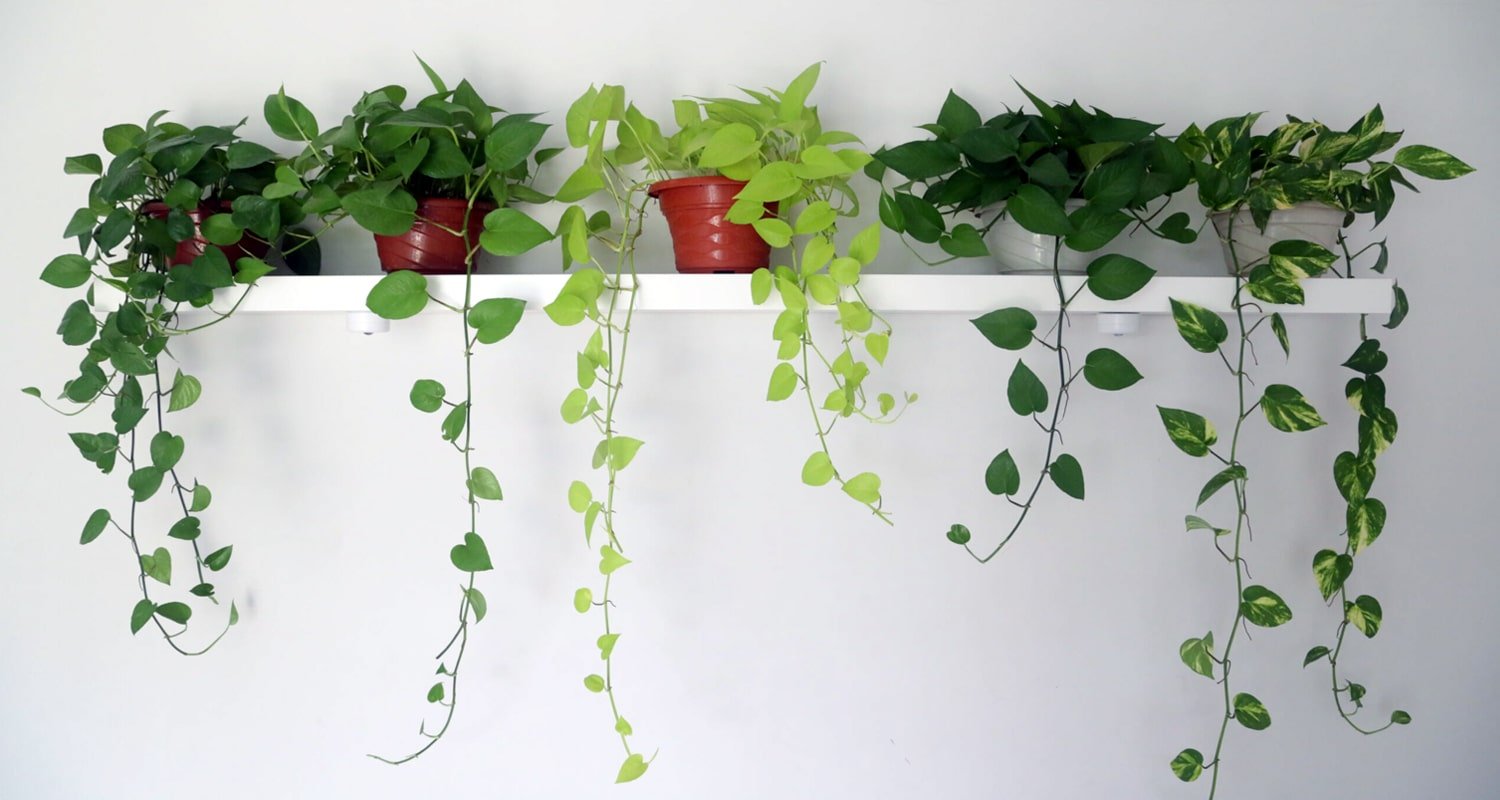
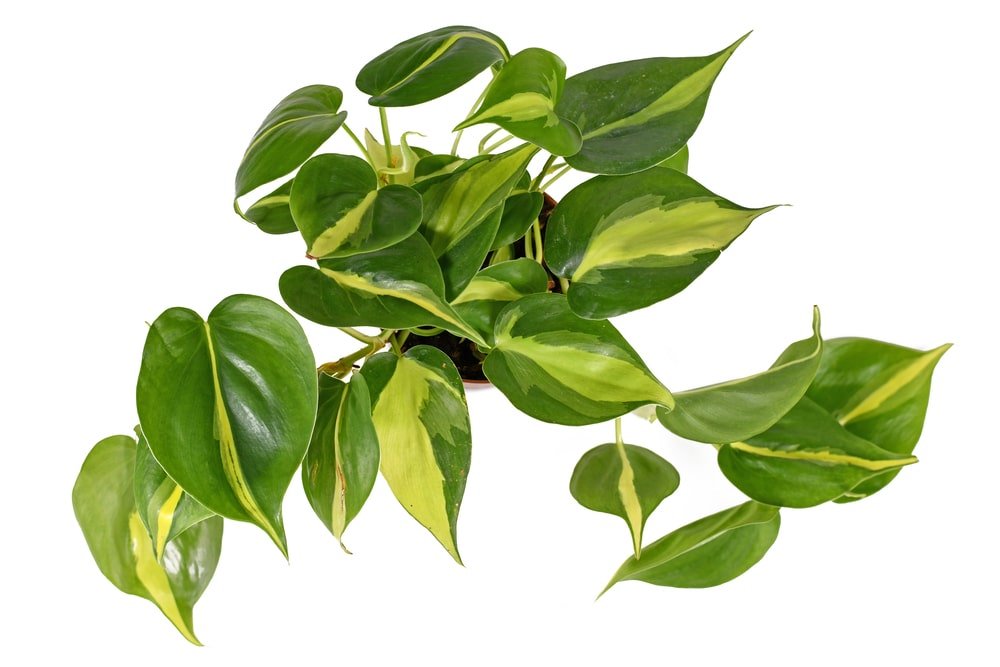


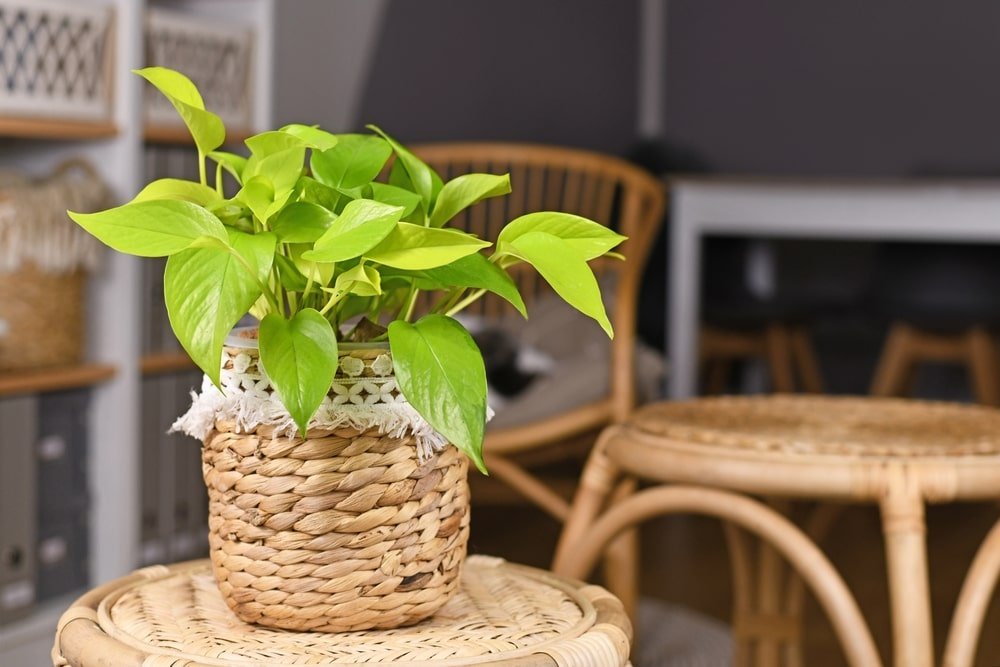
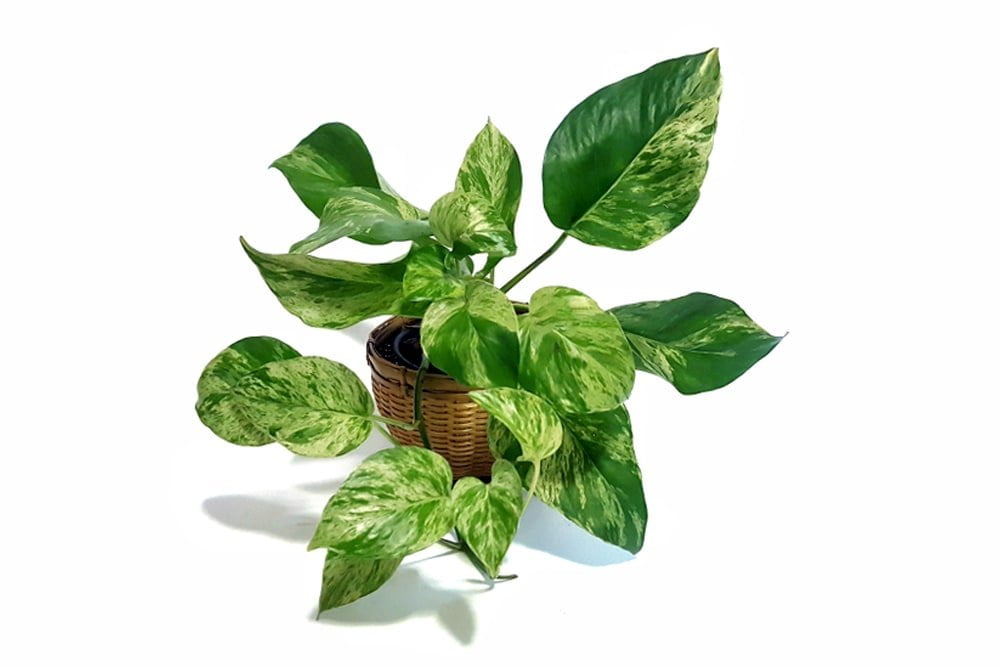
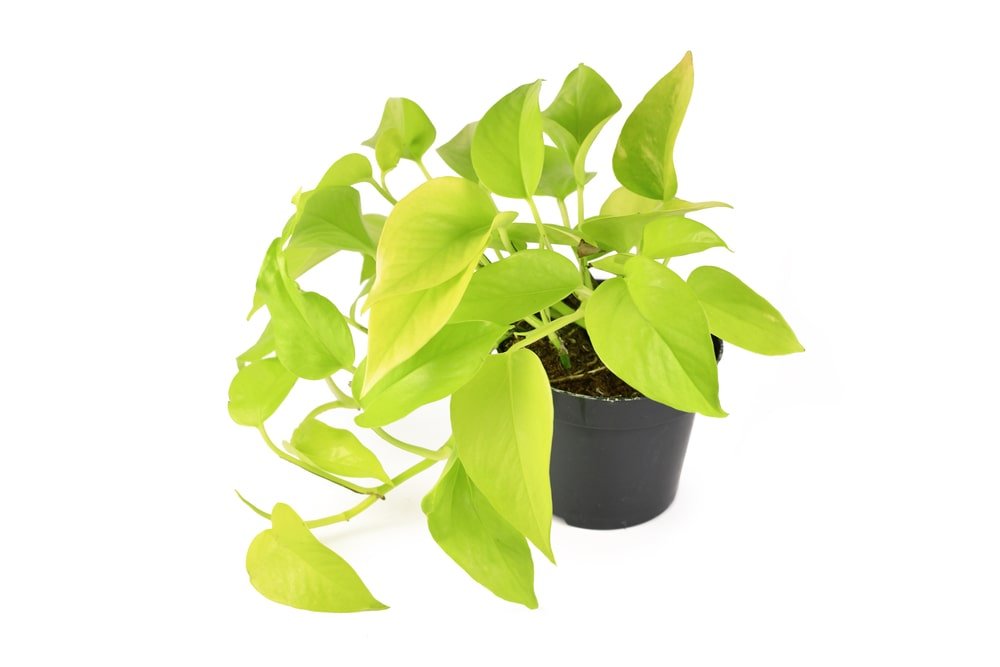

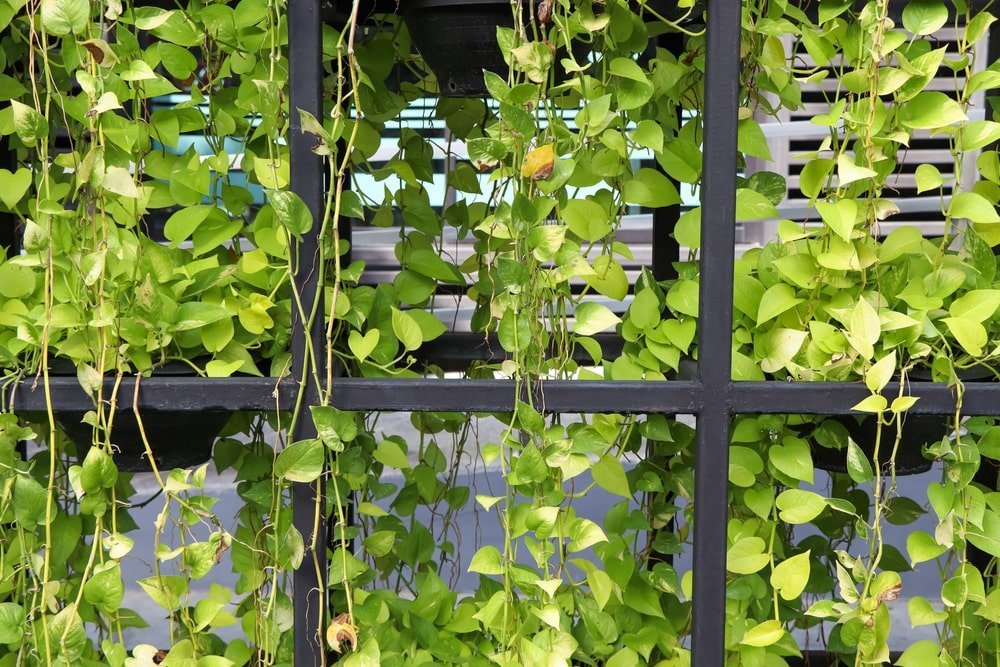

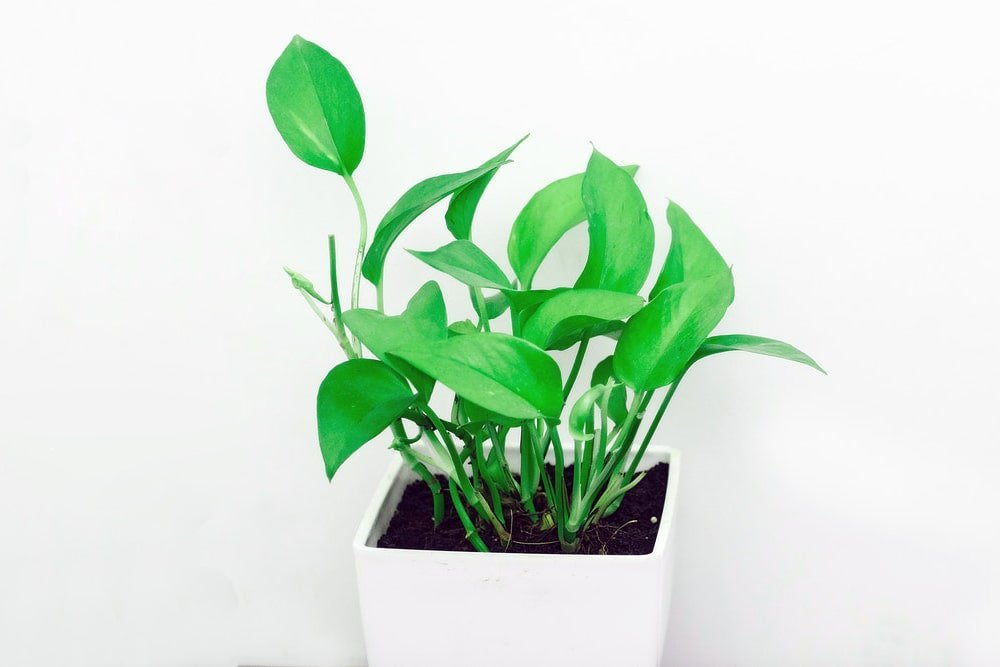
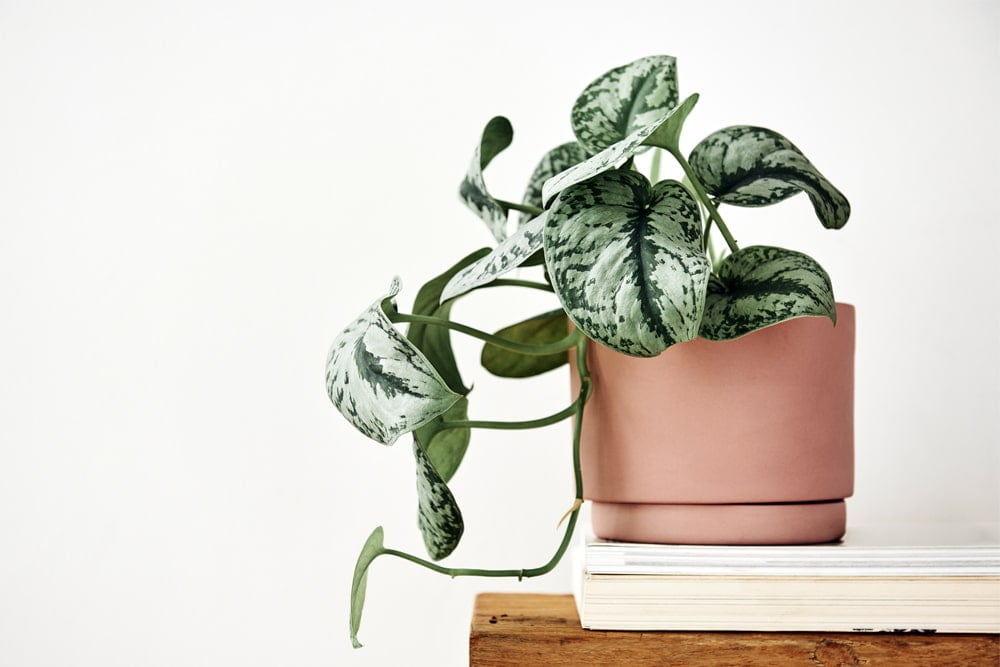
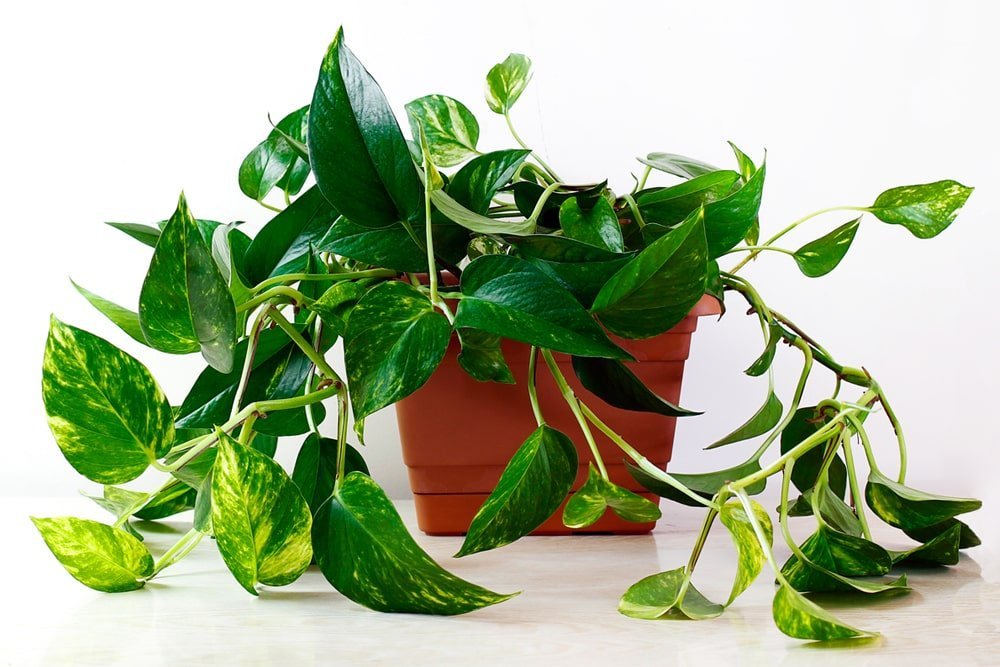


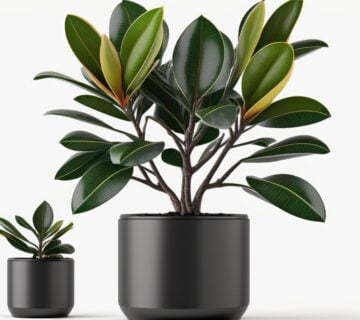
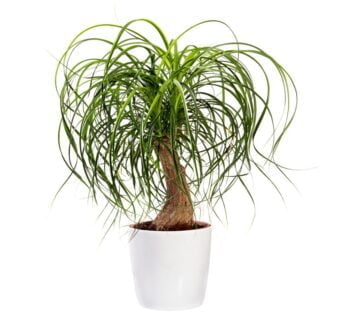
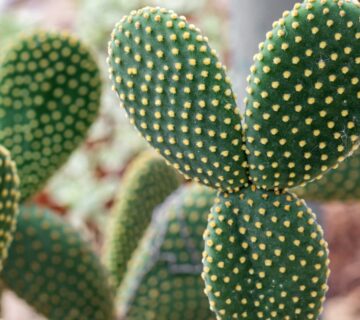
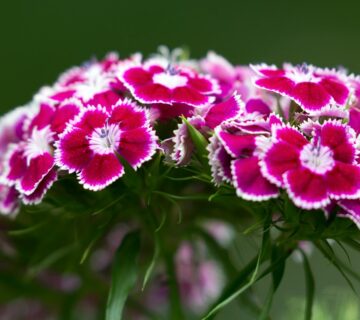
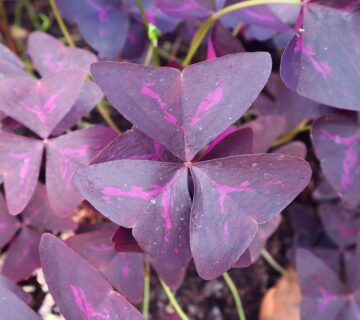

No comment